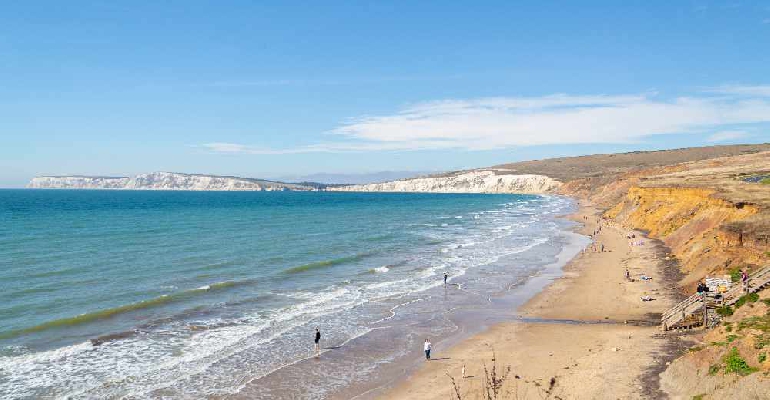
The Isle of Wight's Compton Bay has been named one of the ten most beautiful stargazing spots in the UK.
Land Rover has consulted astronomer Dr Jenifer Milard to reveal the best locations, giving tips on what you can see when you get there.
She said:
"Compton Bay will allow you to spot as many as three great constellations - Orion, The Plough — otherwise named the Big Dipper in US and Canada — and Cassiopeia.
"The location draws stargazers all year round as it is largely devoid of light pollution, allowing visitors to spot all sorts of stars in the sky — even with the naked eye.
“Nearby Fort Victoria Country Park Car Park is a Dark Sky Discovery Site, noted for its accessibility and excellent skies largely devoid of light pollution”
Top ten in full
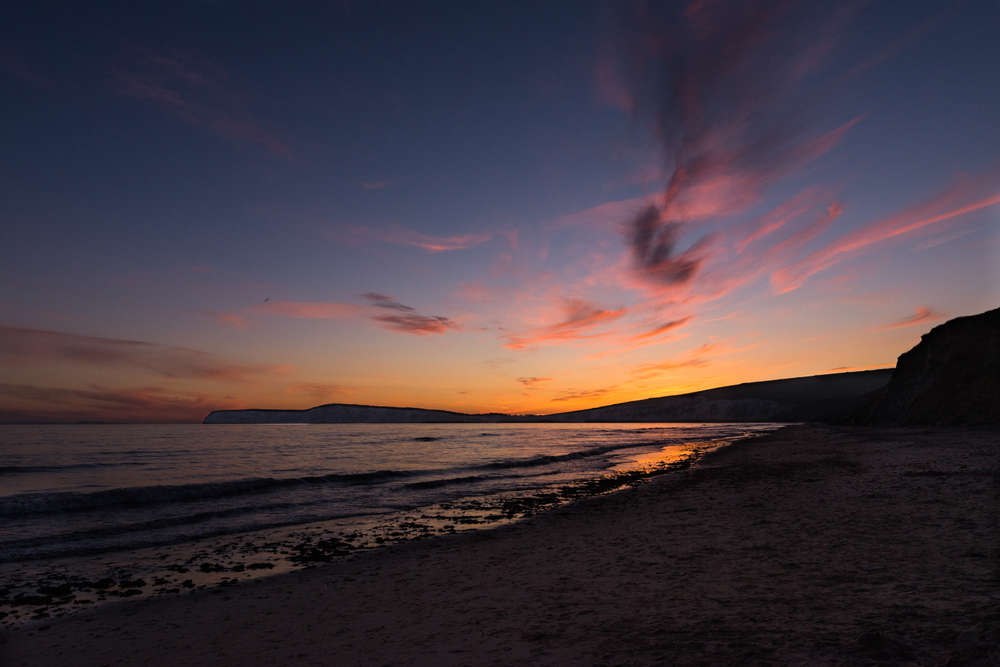
1. Carrick-a-Rede Rope Bridge (Northern Ireland)
2. Compton Bay (Isle of Wight)
3. Tomintoul and Glenlivet, Cairngorms National Park (Scotland)
4. Llynnau Cregennen, Snowdonia National Park (North Wales)
5. Dalby Forest, North York Moors National Park (North Yorkshire)
6. Usk Reservoir, Brecon Beacons National Park (Wales)
7. Porlock Common, Exmoor National Park (Somerset)
8. Kielder Observatory and forest (Northumberland)
9. Kelling Health Holiday Park (Norfolk)
10. Ben Damph Estate on Upper Loch Torridon (Scotland)
Five tips for stargazing
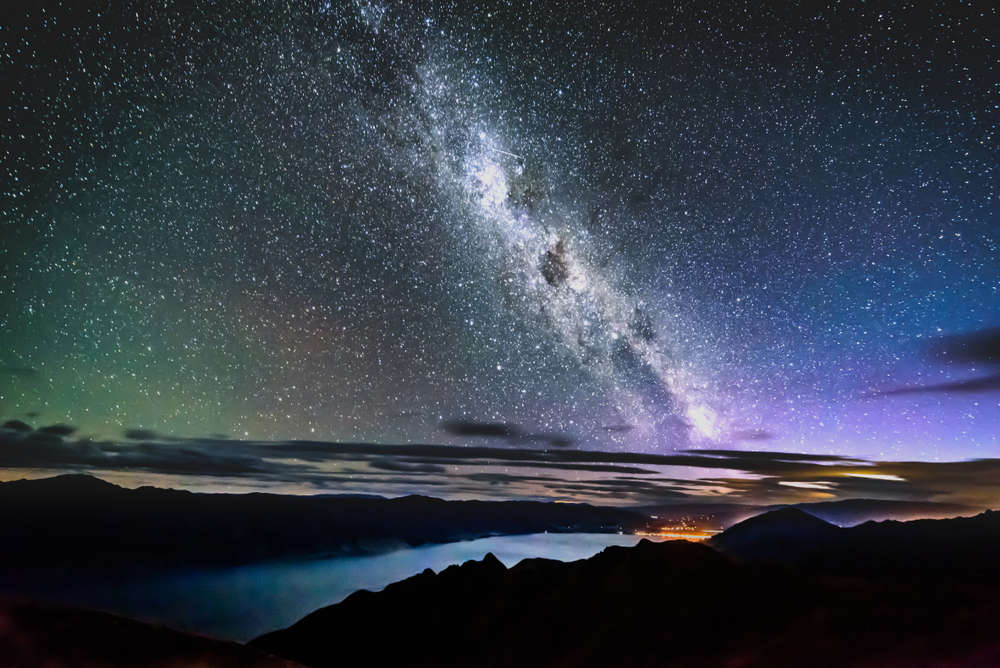
Convinced that you want to give stargazing a go? Land Rover asked expert Dr Jenifer Milard for her top tips for stargazing novices.
- Wrap up warm – astronomy is a static hobby so it’s very easy to get cold. Hot drinks are a must too.
- Use a red-light torch - Exposure to white light, from any source, even your phone screen, will ruin your dark adaption. A red-light torch or red-light filter on your phone screen will preserve your dark adaption.
- Moonless nights are best – moonlight makes the whole night sky brighter, making it harder to see faint objects.
- Averted vision – by looking slightly to one side of your target object, you activate the more light-sensitive cells in your eyes, allowing you to see faint objects like nebulae and galaxies more easily.
- Star maps, apps, and a compass – these will help you plan your observing session and navigate the night sky, so you can find the objects you wish to view.
Dr Milard comments:
“It’s worth stargazing all year round because our view of the cosmos slowly changes night-by-night. As earth moves around the sun on its orbit, we look out onto different parts of the universe.
"Moonless nights are ideal - the moon’s light simply washes out fainter stars and objects, like nebulae and galaxies, although it has little effect on bright stars and planets.”

 Island Update: January 2025
Island Update: January 2025
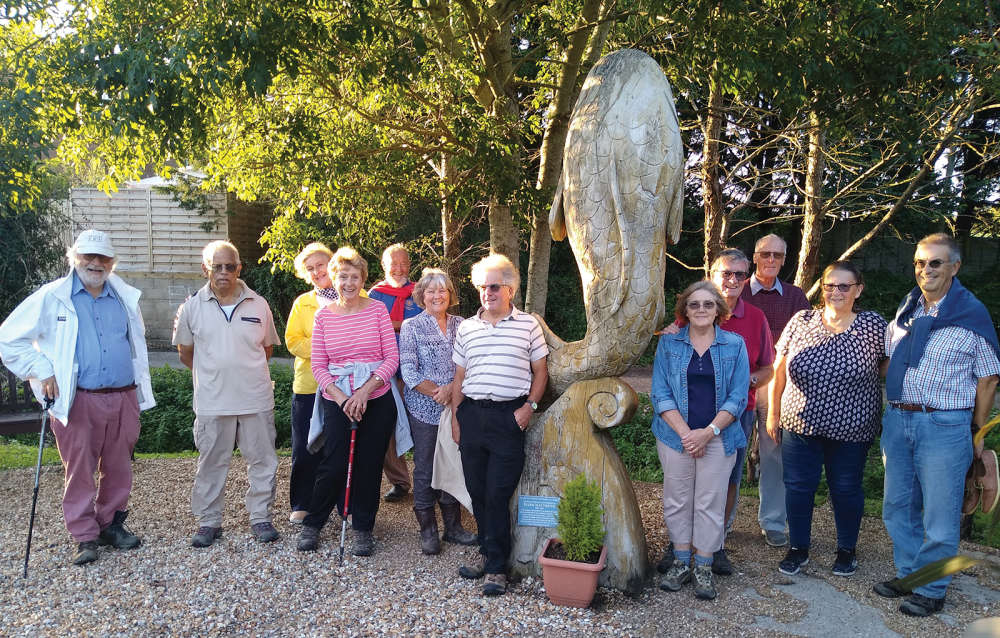 Ryde Rotary Centenary: 100 Years Strong
Ryde Rotary Centenary: 100 Years Strong
 Home Style: Scandi Island Life
Home Style: Scandi Island Life
 What to Watch in January 2025
What to Watch in January 2025
 Entertainment Guide: January 2025
Entertainment Guide: January 2025
 Memorial Held Following Death Of Kezi's Kindness Founder Nikki Flux-Edmonds
Memorial Held Following Death Of Kezi's Kindness Founder Nikki Flux-Edmonds
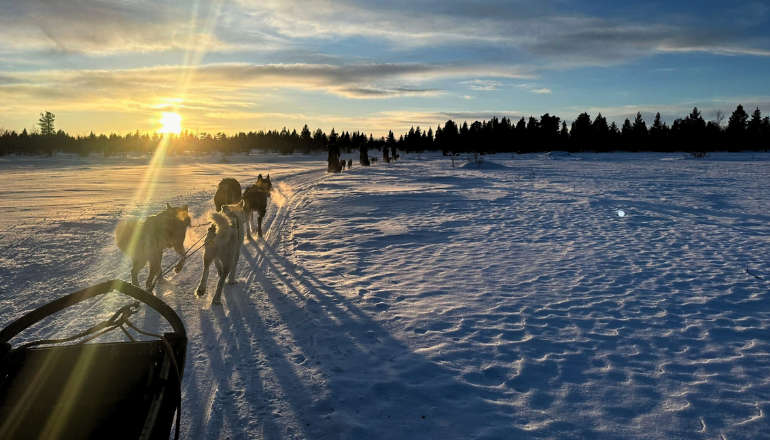 Mountbatten Inviting Islanders To Sign Up For 2026 Lapland Husky Trail
Mountbatten Inviting Islanders To Sign Up For 2026 Lapland Husky Trail
 Home Style: Winter Wonderland
Home Style: Winter Wonderland
 Help Available For Islanders To Cut Energy Bills
Help Available For Islanders To Cut Energy Bills
 Island Update: December 2024
Island Update: December 2024
 New Home For Citizens Advice Isle Of Wight
New Home For Citizens Advice Isle Of Wight
 The Alternative Guide to Christmas Gifts
The Alternative Guide to Christmas Gifts
 Island Family Launches Appeal For Teenage Son With Brain Tumour
Island Family Launches Appeal For Teenage Son With Brain Tumour
 What to Watch in December 2024
What to Watch in December 2024
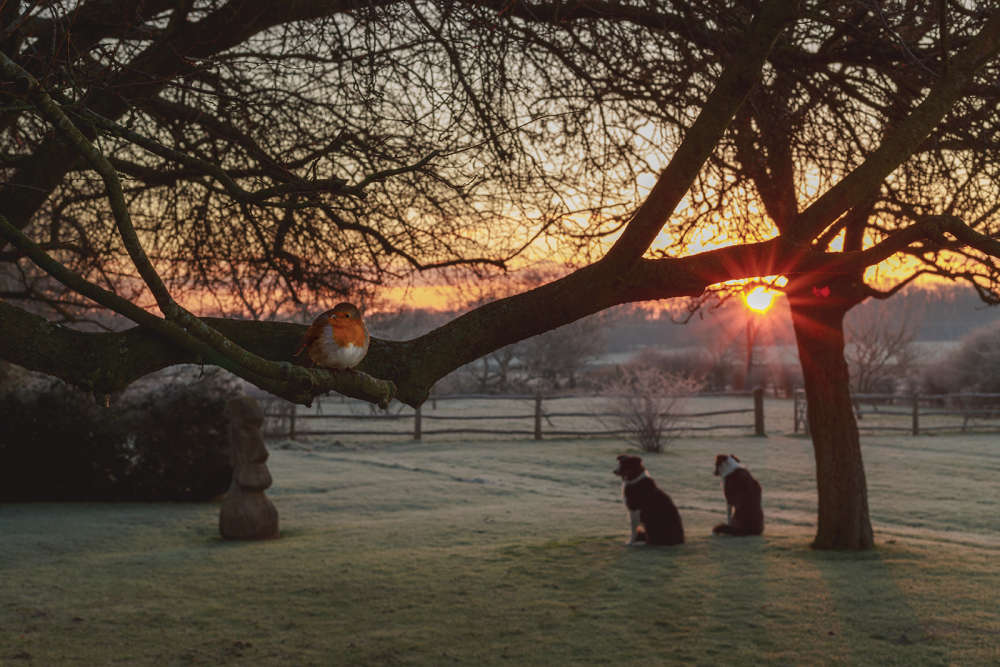 A Gardener’s Best Friend: The Story of Bob the Robin
A Gardener’s Best Friend: The Story of Bob the Robin
 Memorial Quilt To Be Displayed On The Island
Memorial Quilt To Be Displayed On The Island
 Island Author Celebrating Amazon Number One
Island Author Celebrating Amazon Number One
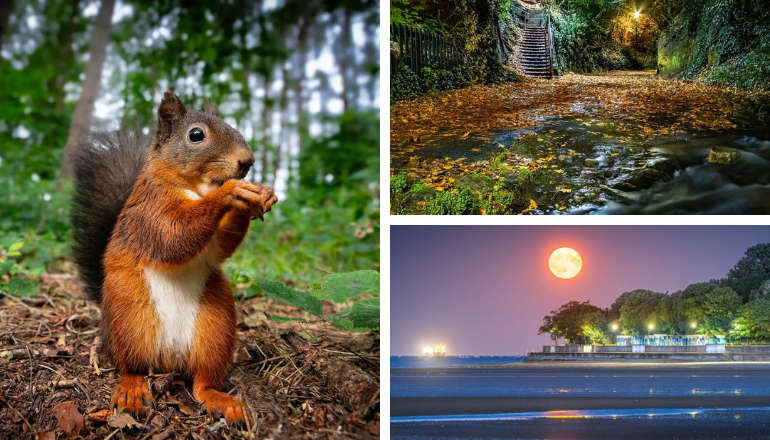 Amazing Isle Of Wight: Listener Photo Gallery
Amazing Isle Of Wight: Listener Photo Gallery
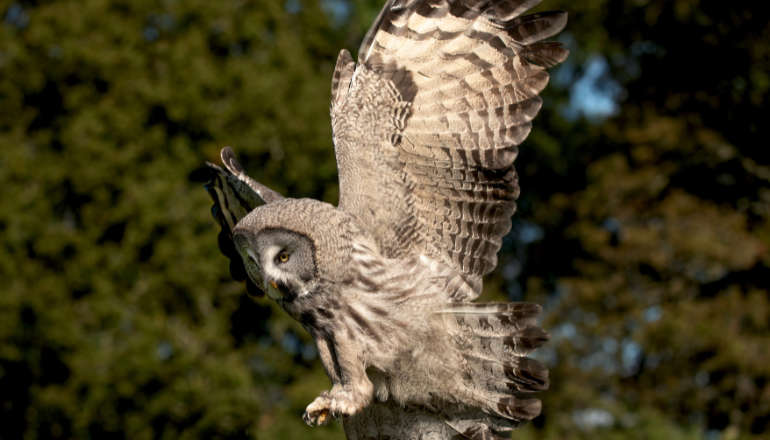 Falcons Fly Again At Robin Hill
Falcons Fly Again At Robin Hill
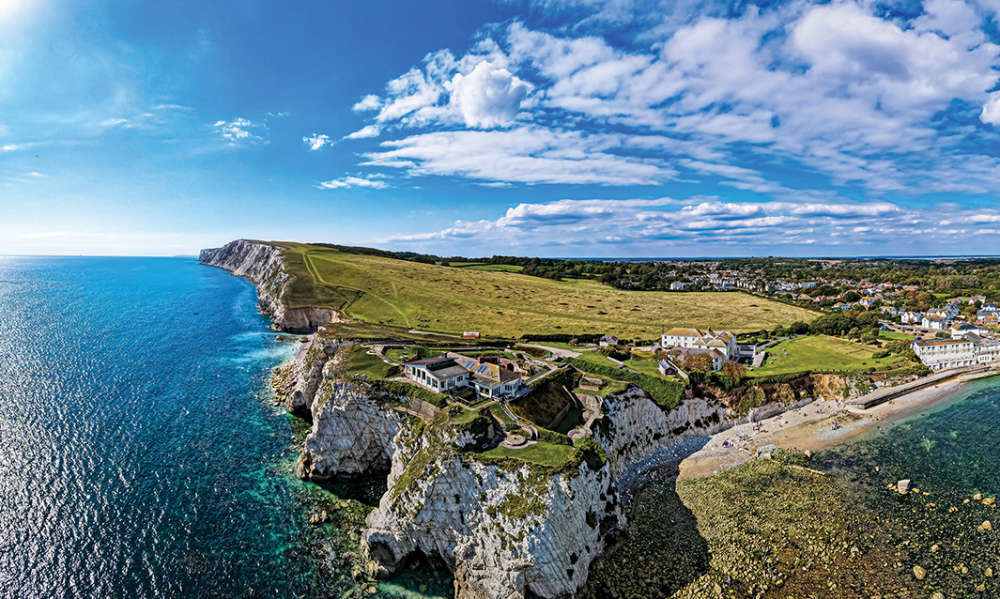 Island Update: November 2024
Island Update: November 2024